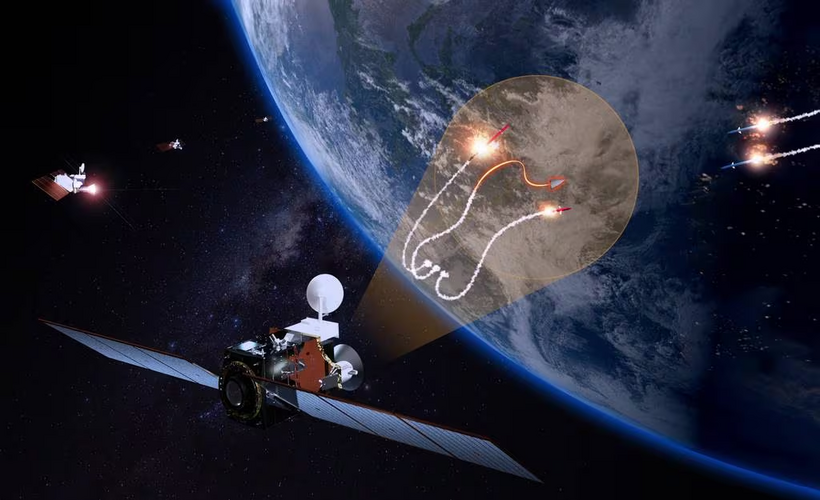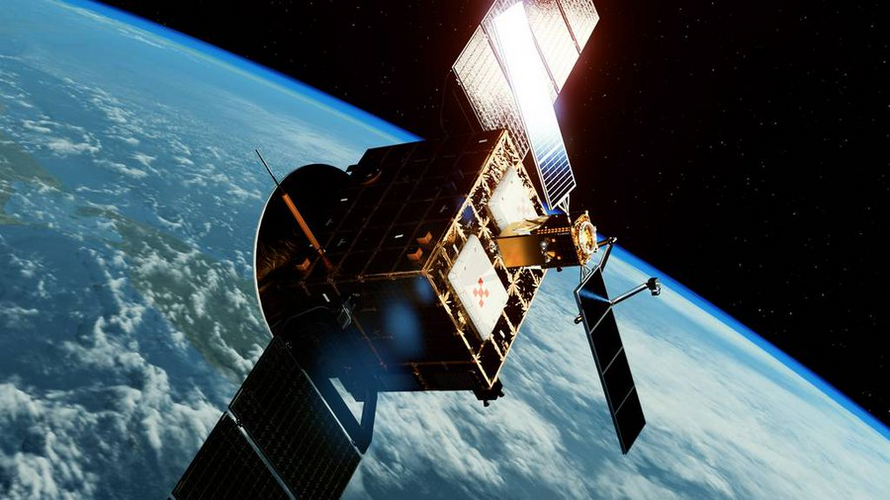- Joined
- 16 April 2008
- Messages
- 9,600
- Reaction score
- 14,460
USA-193 was in an elliptical orbit with an apogee of 2,700km for instance.
No, it wasn't. As I pointed out, UAS-193 was in a nearly circular and low orbit around 350 km from the outset. The 2700 km apogee figure for Burnt Frost is the max alt that some debris was lofted to after the impact.




























































